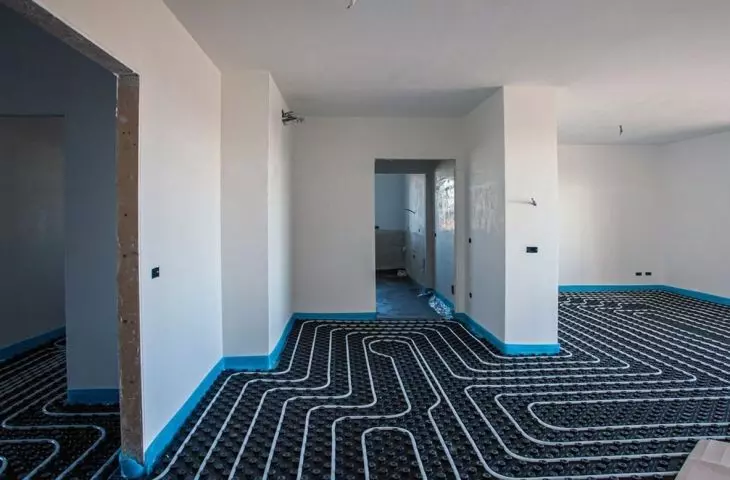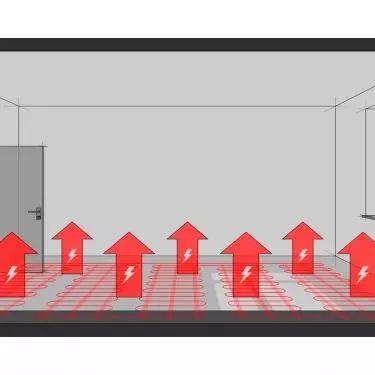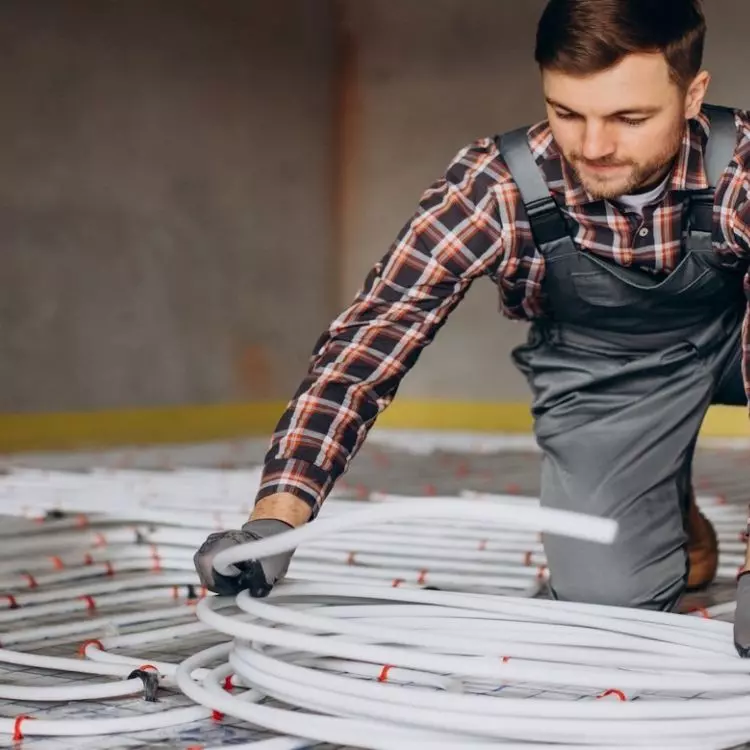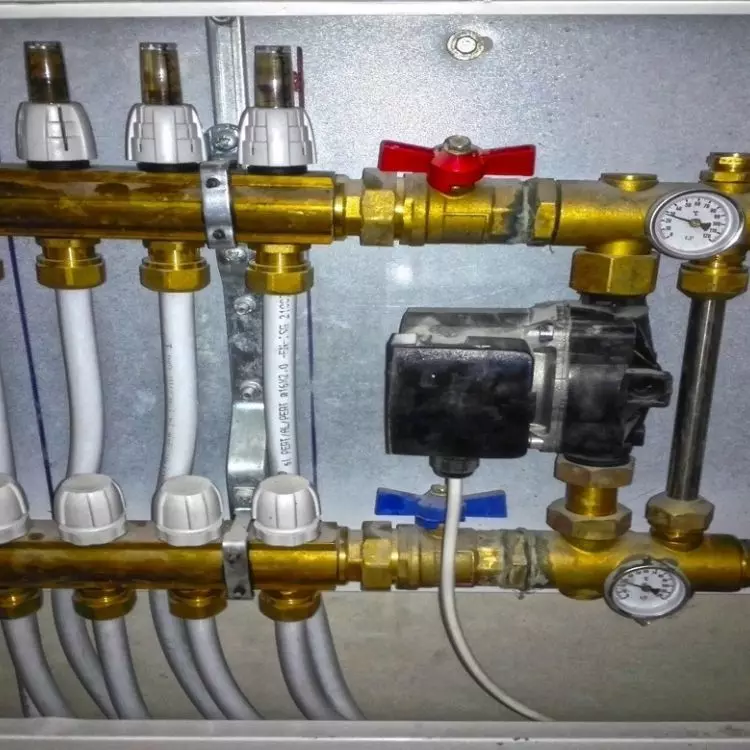Plane heating, including underfloor installation, is considered the most beneficial heating system for humans from a physiological perspective. This solution guarantees excellent and uniform thermal comfort at lower temperatures compared to traditional methods. In addition, there are a number of other reasons why you should opt for underfloor heating. You will find them in the following article.
Savings vs. underfloor heating
A cost-effective heating method such as underfloor heating allows you to reduce the temperature in a room by about 2°C. This is due to its peculiarity as a low-temperature system, which translates into more efficient operation in combination with modern condensing boilers for central heating. What's more, this form of heating can be efficiently integrated with energy-saving solutions, such as photovoltaics and heat pumps, among others.
The key is to properly design and execute the installation so that at a level of 1-2 meters, the air temperature will be maintained at no more than 20°C. The temperature value of the floor itself should be kept within 26°C, avoiding exceeding 29°C. In the bathroom, the temperature can be slightly higher, for example, 30°C. There are several variants of underfloor heating - which one is the most cost-effective? Read more!
Underfloor heating - not only in a new house!
The notion that underfloor heating is only suitable for newly constructed buildings is untrue. There are solutions available on the market, such as drywall systems, which are also great for retrofitting existing rooms. In the installation of underfloor heating systems, pipes made of cross-linked polyethylene PE-Xc or PE-RT are most often used. It is these materials that are currently the most popular, due to their ability to be easily laid in heating loops, especially with curves.
Electric underfloor heating
Diagram of a room heated by electric floor heating. The wires are created from a material with a precisely selected level of electrical resistance. Its task is to cause, the heating of the wires. The heat is then transferred from the wires to the floor, which in turn gives it back to the room.
Photo: iStock © Author's archive




























